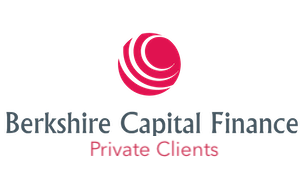Equity release, a financial solution allowing homeowners aged 55 and over to access the wealth tied up in their property without the need to move, has seen a surge in popularity across the UK. However, the true cost of equity release is a topic shrouded in complexity, with various factors influencing the overall financial impact.
Understanding Equity Release
Equity release schemes come in two main forms: lifetime mortgages and home reversion plans. A lifetime mortgage is a loan secured against your home, while a home reversion plan involves selling a part or all of your home to a provider in return for a lump sum or regular payments. Both options allow you to retain the right to live in your property until you pass away or move into long-term care.
Initial Costs
The journey into equity release begins with initial costs, which can include an advice fee, application fee, valuation fee, and legal fees. The advice fee is for the financial advice you must receive before taking out an equity release plan, ensuring it is the right decision for your circumstances. Application fees cover the cost of processing your application, and valuation fees pay for a professional to assess the value of your property. Legal fees are incurred for the legal work required. Collectively, these costs can range from £1,500 to £3,000, depending on the provider and the complexity of your case.
Interest Rates
The most significant cost associated with a lifetime mortgage, the most popular form of equity release, is the interest rate. Unlike traditional mortgages, where you make monthly repayments, the interest on a lifetime mortgage is typically rolled up. This means the interest compounds over time, increasing the amount you owe. Interest rates for equity release are generally higher than standard mortgages, with the exact rate depending on the lender, the amount you release, and the plan you choose.
Compound Interest
The effect of compound interest is a critical factor to consider. As the interest adds up, it can significantly increase the total amount you owe, potentially consuming a large portion of your property’s value over time. This can have implications for inheritance, as there may be less equity left in your home to leave to your loved ones.
Early Repayment Charges
Should you decide to repay your equity release plan early, you may face early repayment charges. These charges can be substantial, depending on the terms of your agreement and when you choose to repay the loan. It’s essential to understand these charges before proceeding, as they can affect your flexibility and the overall cost of the plan.
The No Negative Equity Guarantee
A key feature of equity release products endorsed by the Equity Release Council is the no negative equity guarantee. This ensures that you will never owe more than the value of your home, protecting you and your estate from an outstanding debt exceeding your property’s worth upon sale.
Equity release can offer a lifeline for those needing financial support in retirement, but it’s crucial to understand the costs involved. From initial fees to the impact of compound interest and potential early repayment charges, the true cost of equity release extends beyond the surface. Get in touch with us if you’re might be looking to navigate these waters, we can help ensure you make a decision that aligns with your financial goals and circumstances.



Comments are closed